As the 2025 MLB Draft quickly approaches, the Prospects Live team wants to make your life as easy as possible. In this series of articles, I'll be providing team-by-team analysis of their recent draft trends, their available draft capital for 2025, any areas of the draft they've heavily targeted, as well as a few names in this year's class that might fit into their historically preferred archetype.
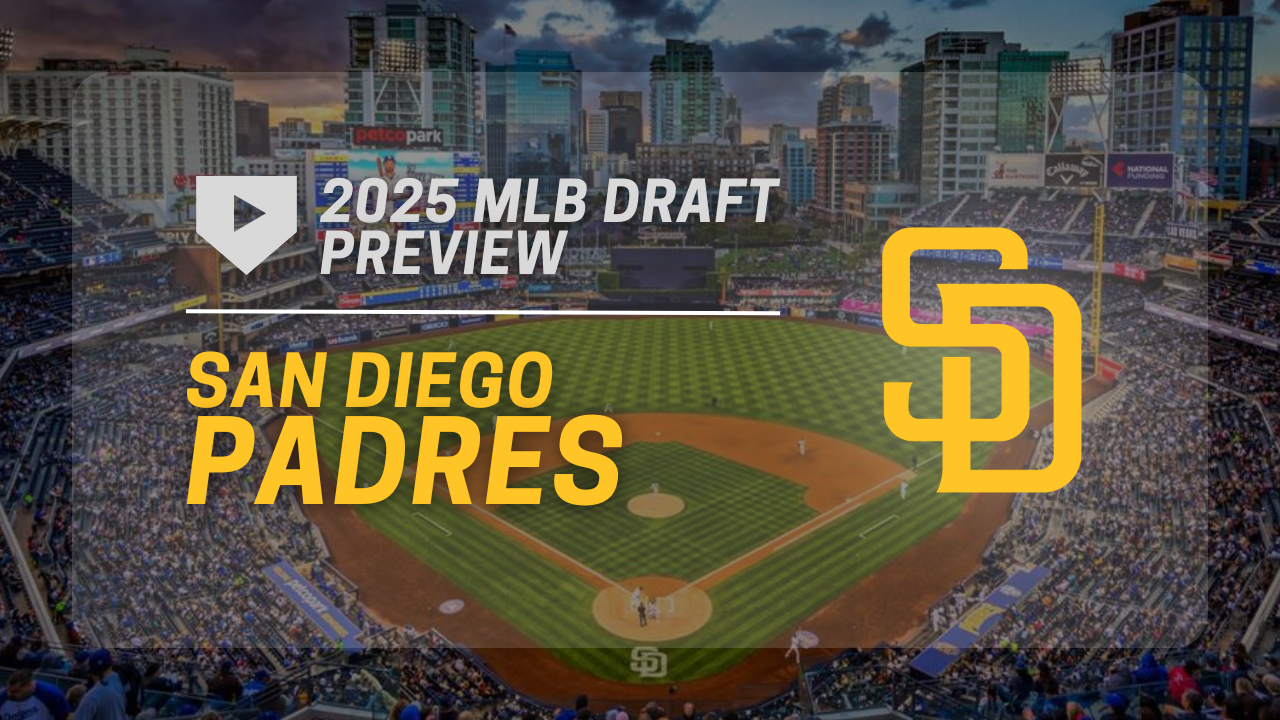
This analysis isn't sourced for the upcoming year, nor is it a guarantee the organization won't pivot from what they've done in the past. Simply put, this article aims to provide an in-depth look at teams and their recent draft classes to try and decipher trends that could help uncover players your favorite team might be targeting. It's far from a perfect science, but I've done my job if it makes things easier to follow on draft day.
Washington Nationals
- 2025 Bonus Pool Value - $16,597,800 (4th)
- Top 100 selections - 1, 49, 80
Awarded the number one pick in this year’s draft, the Nationals have a fantastic opportunity to supplement a farm system that’s struggling to keep up with a solid young core at the major league level. They’ve got a ton of different options they could go for at the top of the draft, but how they choose to attack it will dictate much of how the top ten to fifteen picks look. They’ll probably go chalk, but if they don’t, the cascading effect could wreak havoc on the entire first round.
2024 Draft Overview
With the tenth overall pick in this one, the Nats went with Seaver King ($800,000 underslot) for a deal below their pick value, a twitchy ACC infielder that came with some concerns over his chase rates. They followed with Cal catcher Caleb Lomavita ($70,000 underslot), then took a major swing with Luke Dickerson ($1,680,000 overslot) in the second. Kevin Bazzell (slot), Texas Tech’s backstop, came in the third and Jackson Kent ($50,000 underslot) followed in the fourth. They saved up some money as the draft went on and were able to make a play on both Yoel Tejeda Jr. ($75,000 overslot) and Sir Jamison Jones ($350,000 overslot), two players that had some leverage on their side. Though early returns on the top of the class haven’t been what they were hoping for, there’s still plenty of time for them to figure it out.
2023 Draft Overview
This was an interesting draft for Washington. Awarded the second overall pick in a loaded draft, they opted for Dylan Crews (slot) with their pick, a player many considered the best player available. Following up with Yohandy Morales ($460,000 overslot) in the second, they decided to go all in for their third rounder and took the fireballing Travis Sykora ($1,580,000 overslot). With how much money they had to spend to acquire their top three, they had to give some serious haircuts to Andrew Pinckney ($160,000 underslot) and Marcus Brown ($115,000 underslot), they essentially tanked the rest of their draft into senior signs to make the budget work. It’s worked out swimmingly so far, with Crews already in the big leagues and both Morales and Sykora performing well in the upper minors.
2022 Draft Overview
The Nats went big with their first pick of 2022, shooting for the moon with Elijah Green (slot) and his abundance of tools. They continued with pitchability lefty Jake Bennett (slot) and Tennessee third baseman Trey Lipscomb (slot), though their second swing came with prep outfielder Brenner Cox ($450,000 overslot). Jared McKenzie (slot) and Canadian prepster Nathaniel Ochoa Leyva ($70,000 overslot) came in the fifth and sixth, though the best value in this class may just be in 18th rounder Brad Lord. They had a few other names that might catch your eye like Marquis Grissom Jr. or Maxwell Romero, but overall this was a pretty disappointing class. Sometimes betting on tools and hoping they fall into place just doesn’t work, and that’s exactly what’s happening with most of the young guns they placed their bets on.
Early Round Demographics
Outside of the relative “slam dunk” that Crews was early, the Nationals really like betting on players that have loud tools and athleticism even if it means they’re forfeiting some polish on the back side. Green, King, and Morales exemplify this well on the hitters side and even an arm like Sykora fits the bill. There’s an affinity to balance out some of the risk with higher floor bats in subsequent rounds (Lipscomb, Lomavita, etc.), however looking at the very top of the draft, it seems to be all about the ceiling. In theory this strategy gives the Nats a nice balance of upside and floor from their annual crop of hitters, however it’s proved to be a spotty strategy at best. Though I don’t expect a hard pivot, perhaps one is in order.
Late Round Demographics
They’ve done best with arms in the later rounds, turning a handful of their picks in the teens into useful pieces for their organization. They do take a rather healthy amount of position players late and are probably above league average in that department, though those players haven’t found quite as much success as their pitchers have. I’d expect that trend to continue into 2025.
Names to Know
Kade Anderson, LSU LHP - The top college pitcher in this class, Anderson has the best blend of polish, projection, and stuff by a distinct margin. His upside may or may not be that of an ace, but it would shock me if he wasn’t at least a productive mid-rotation arm with some upside for a long time.
Ethan Holliday, High School SS - Perhaps the most popular choice for the first overall pick, Holliday has the loud tools Washington covets and brings a long track record of high level performance. There’s potential here for a slugging third baseman with solid defense at the hot corner, but he’ll have to prove the hit tool is good enough for the professional level.
Jamie Arnold, High School LHP - This really seems like a two horse race between Anderson and Holliday, but perhaps Arnold would accept a better deal than Anderson would and Washington views them in similar light. Arnold has the pedigree and performance to justify it.

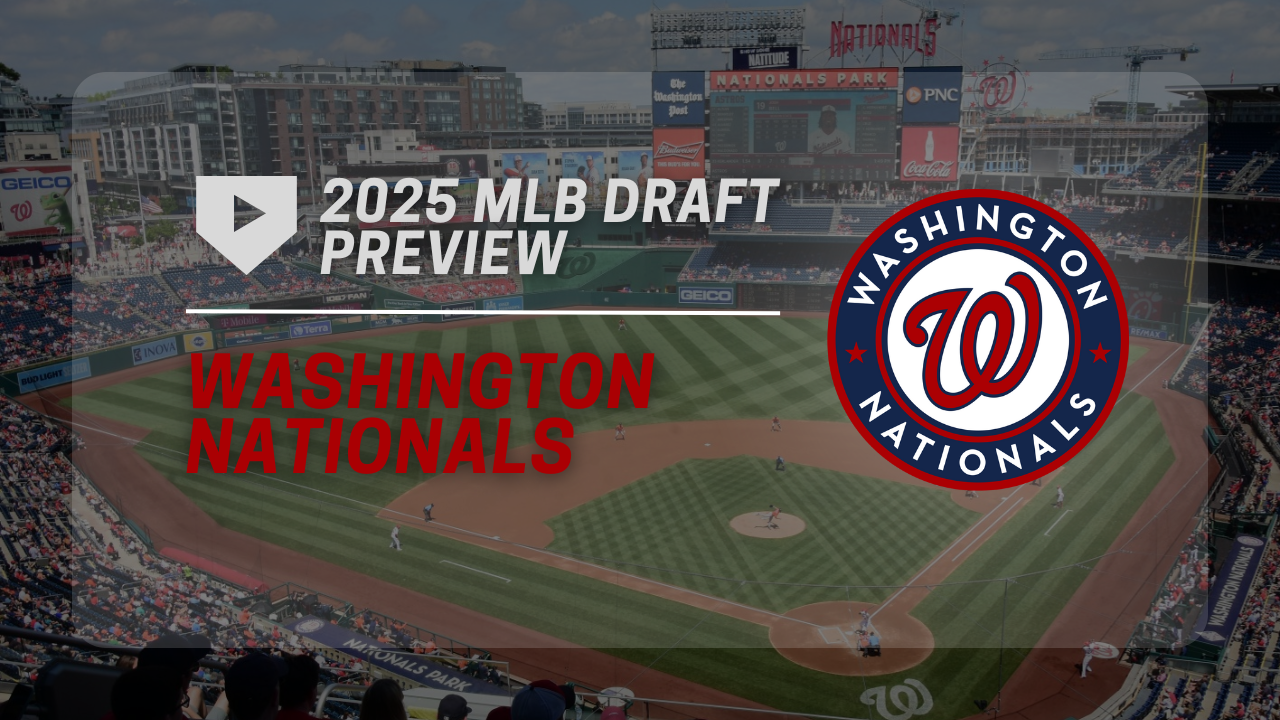


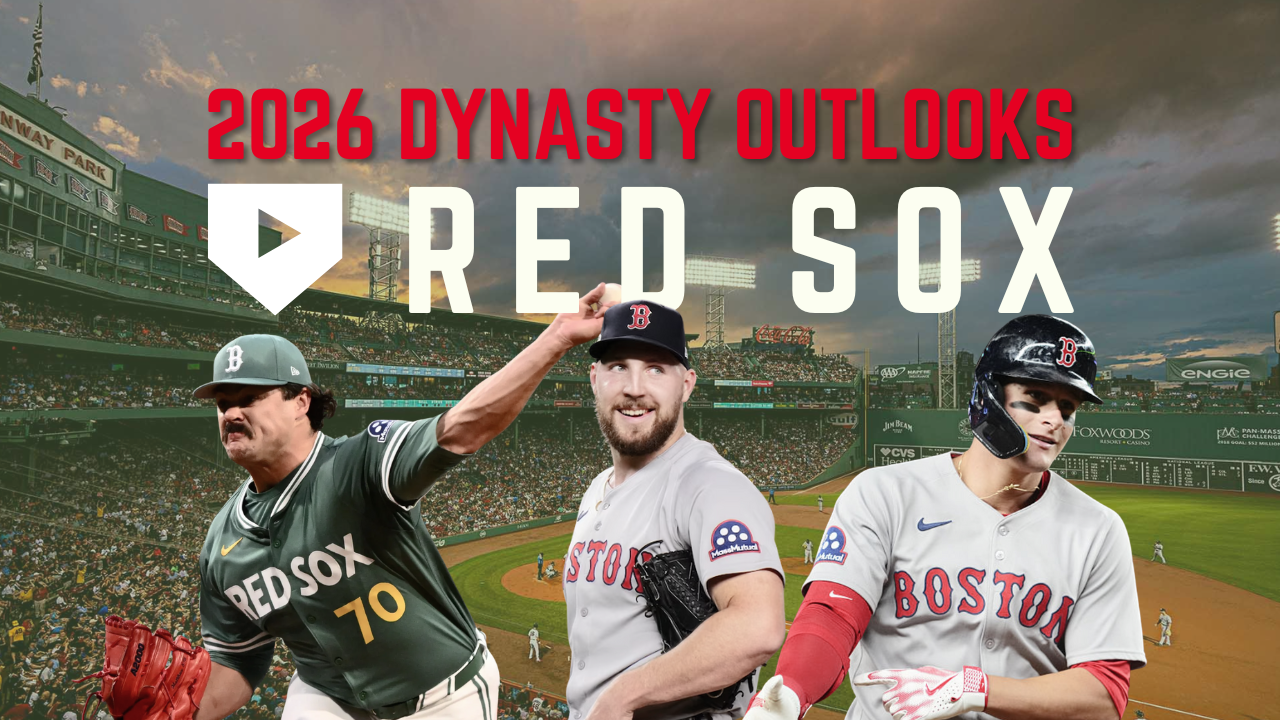


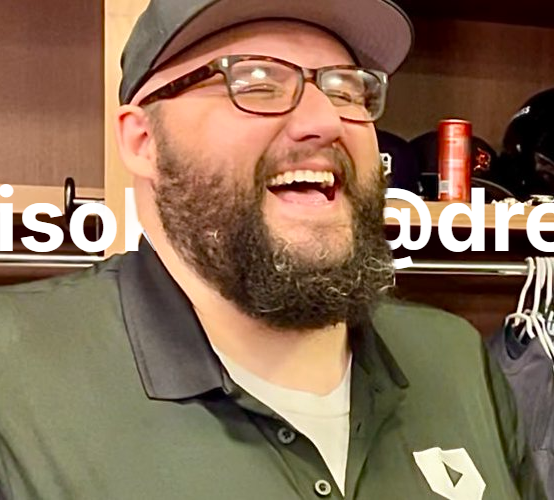
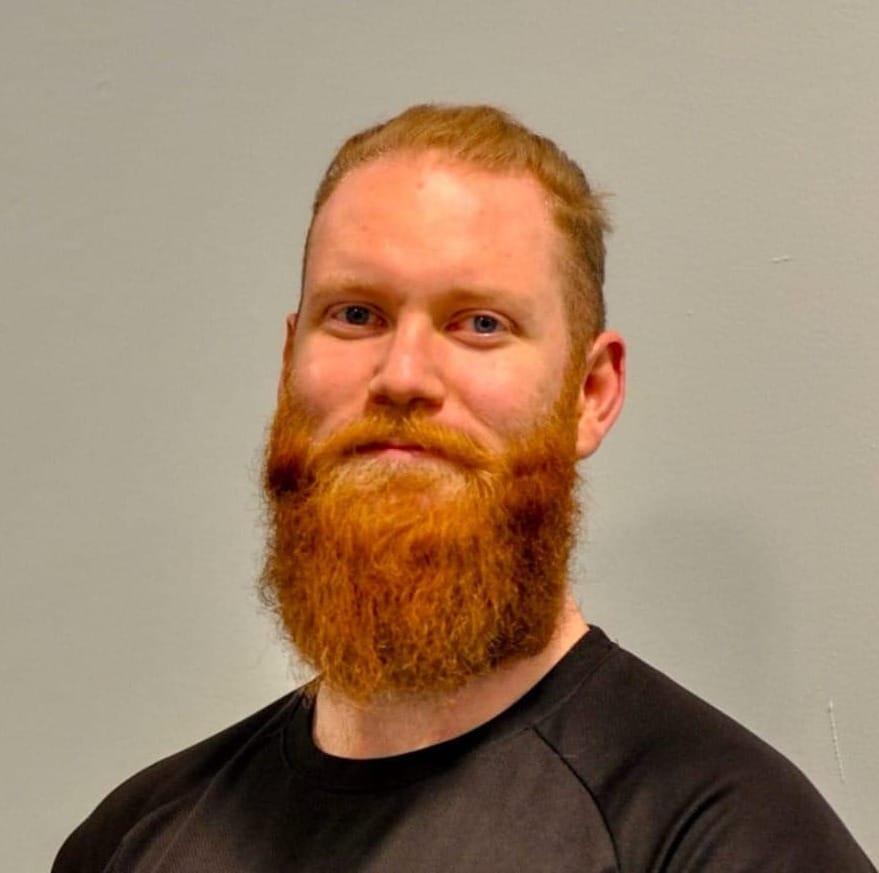
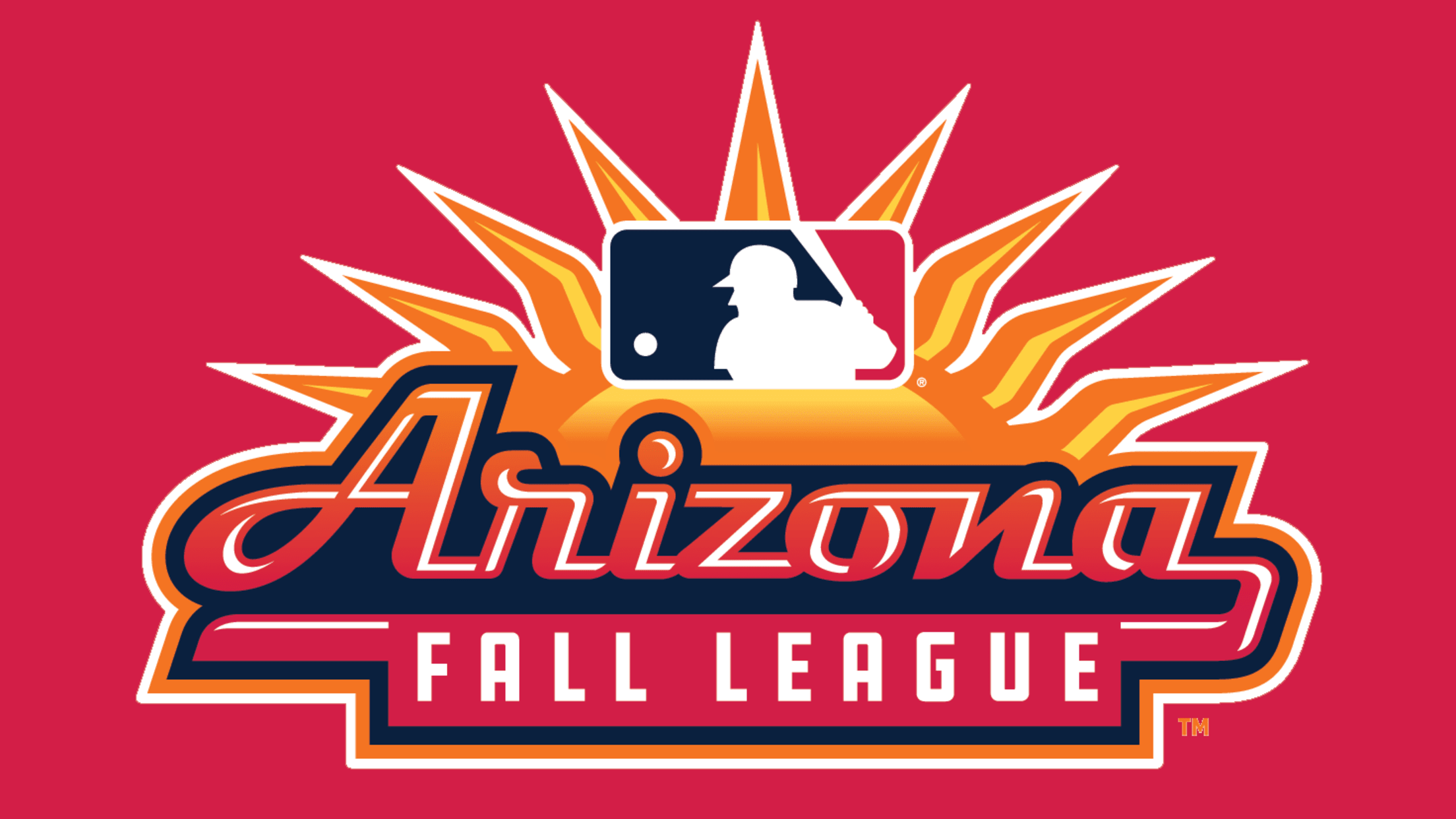
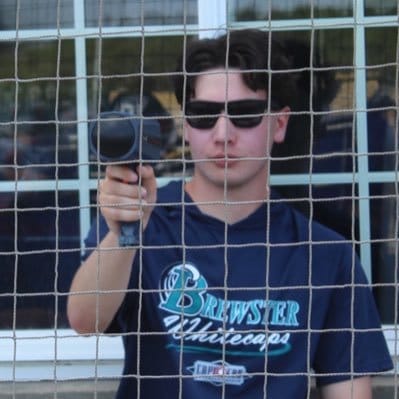
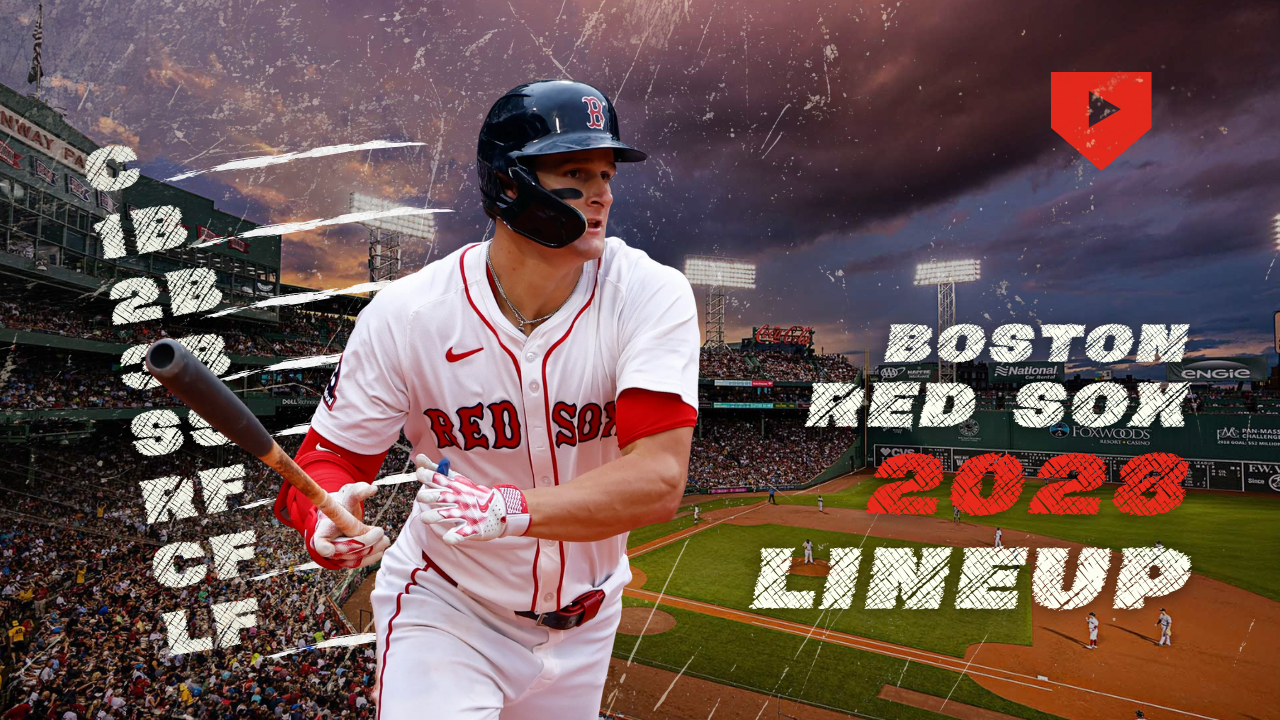
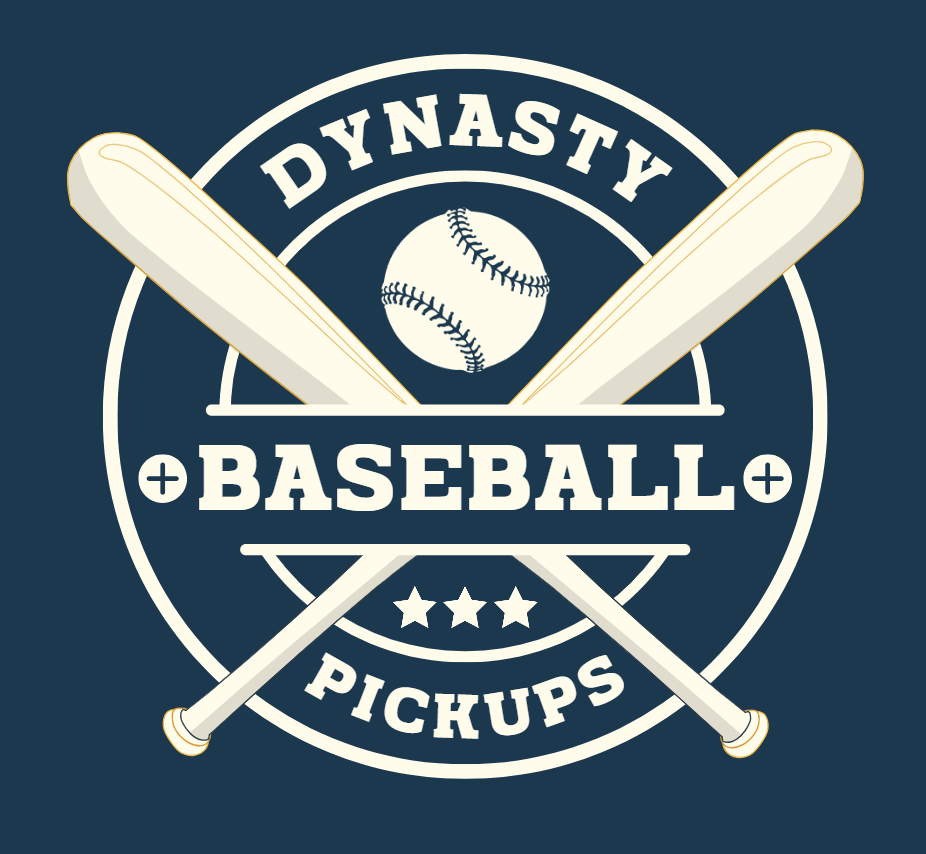

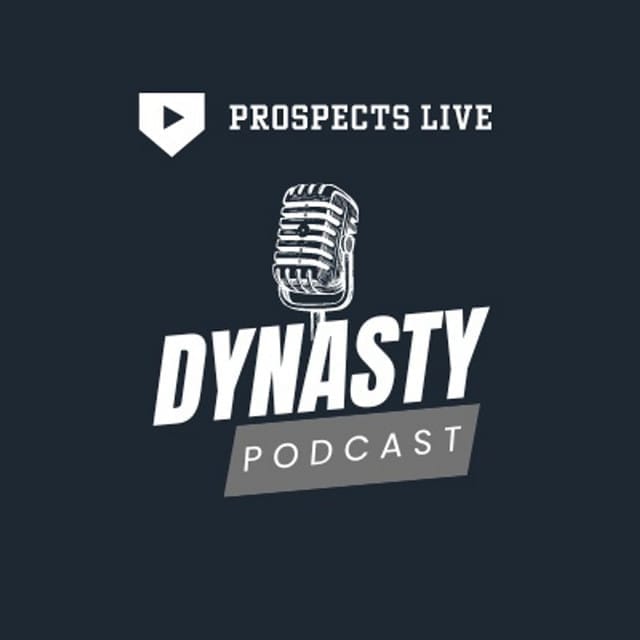
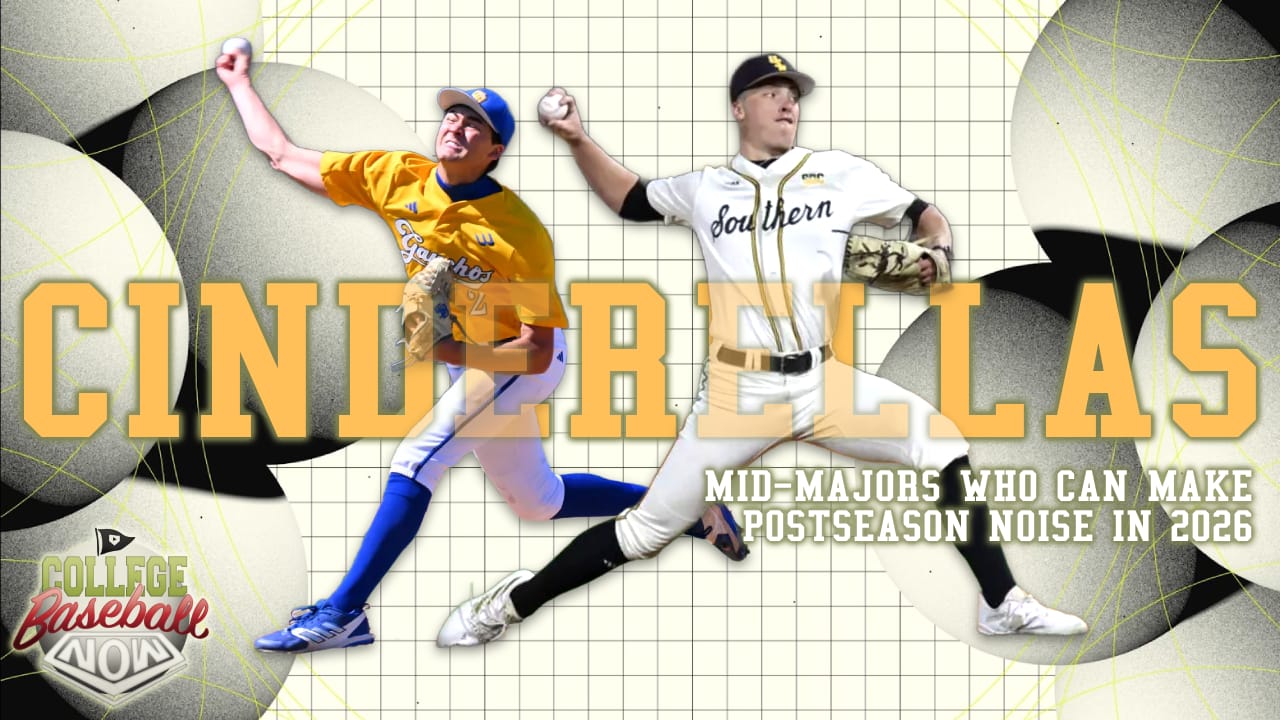
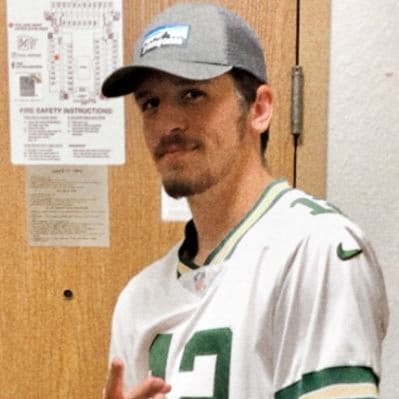

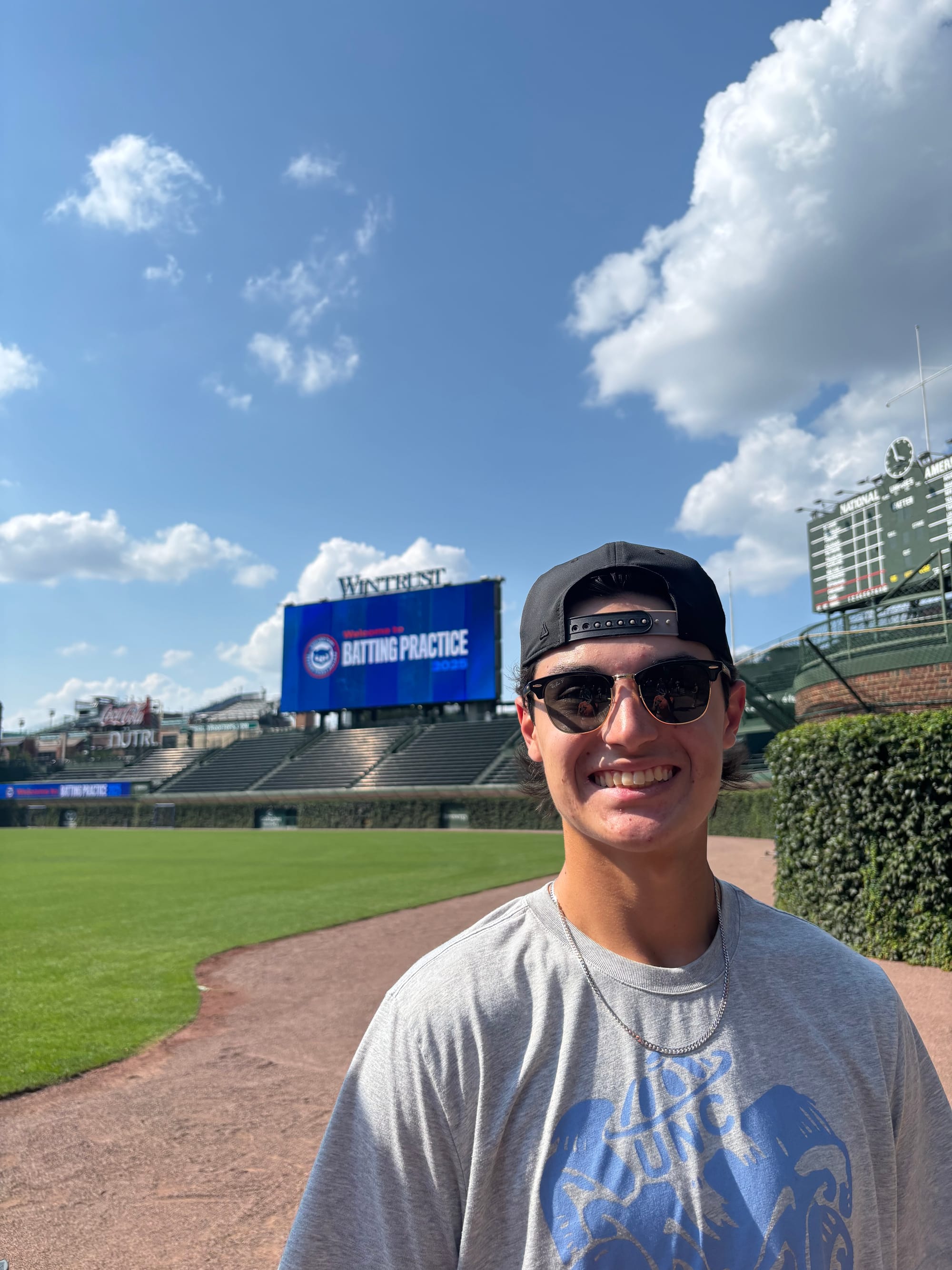
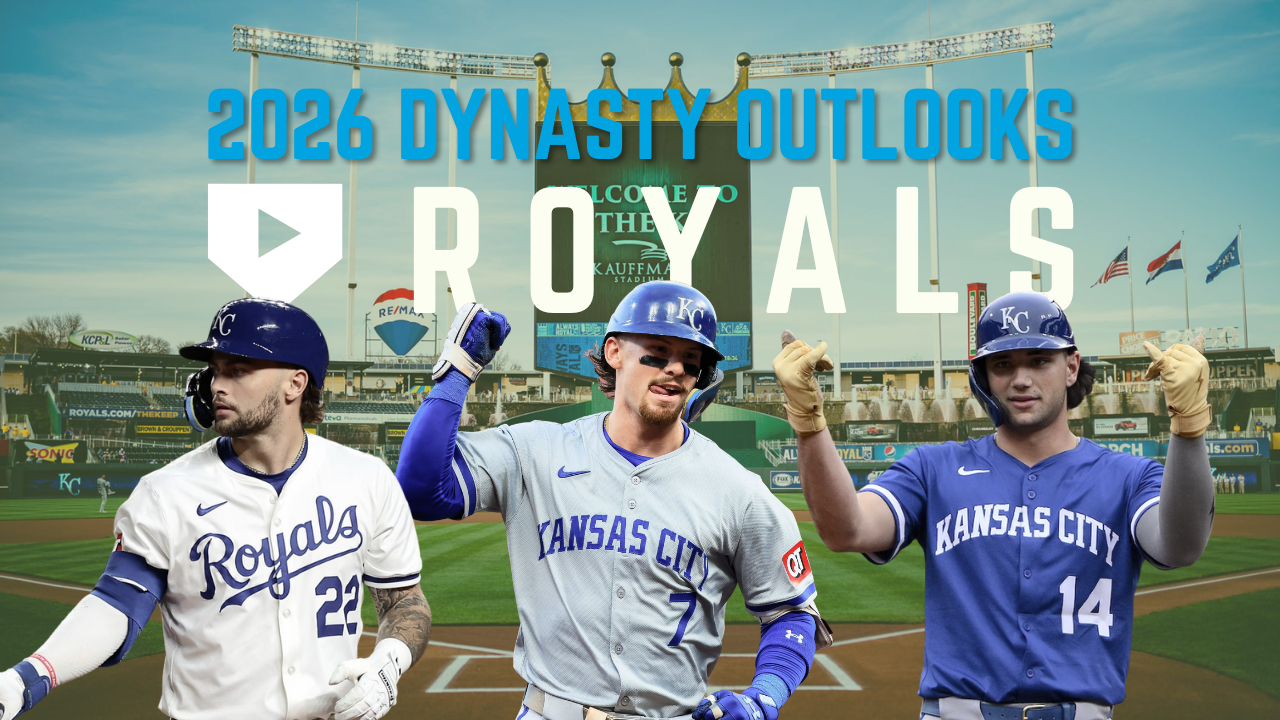
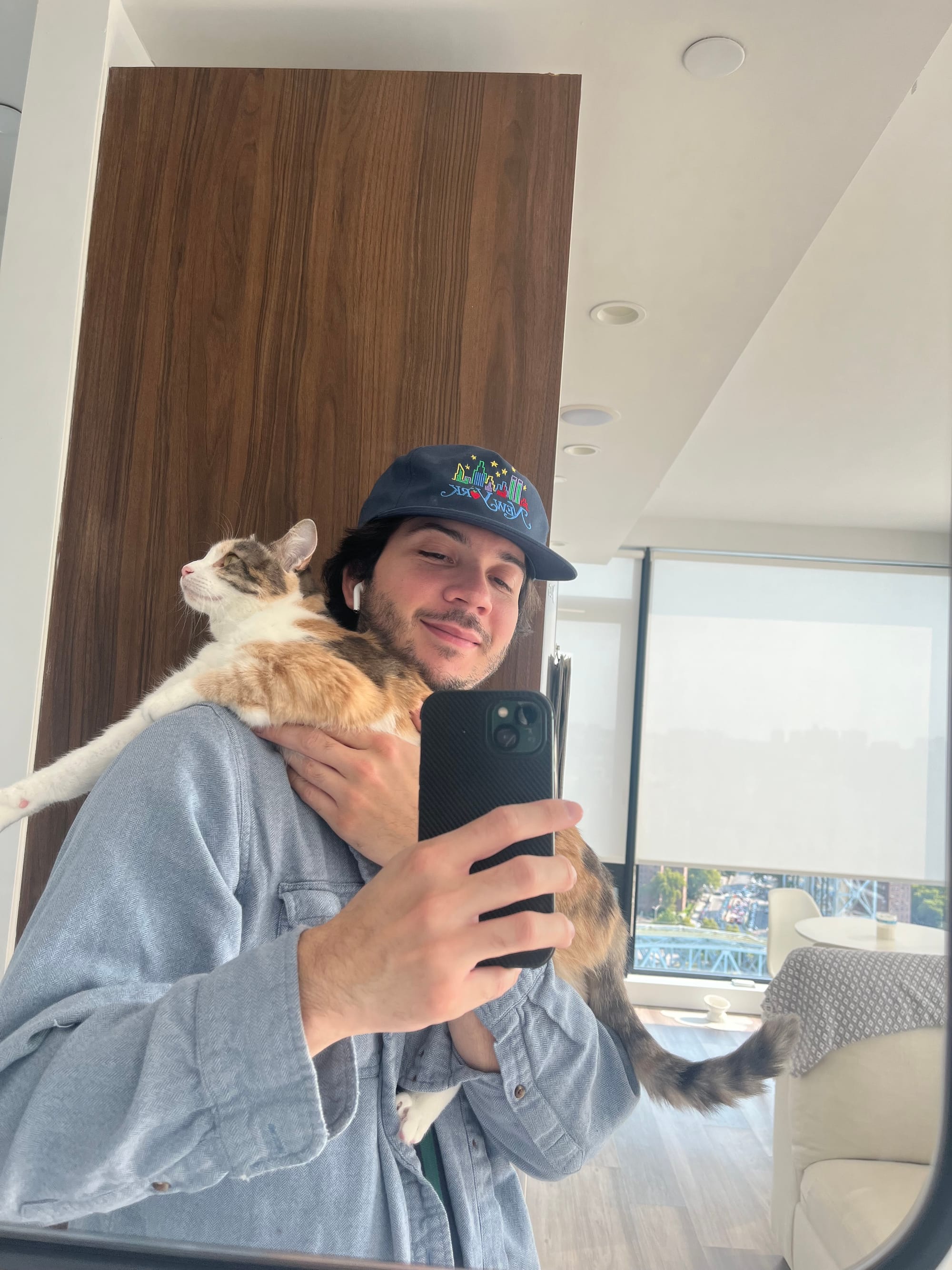
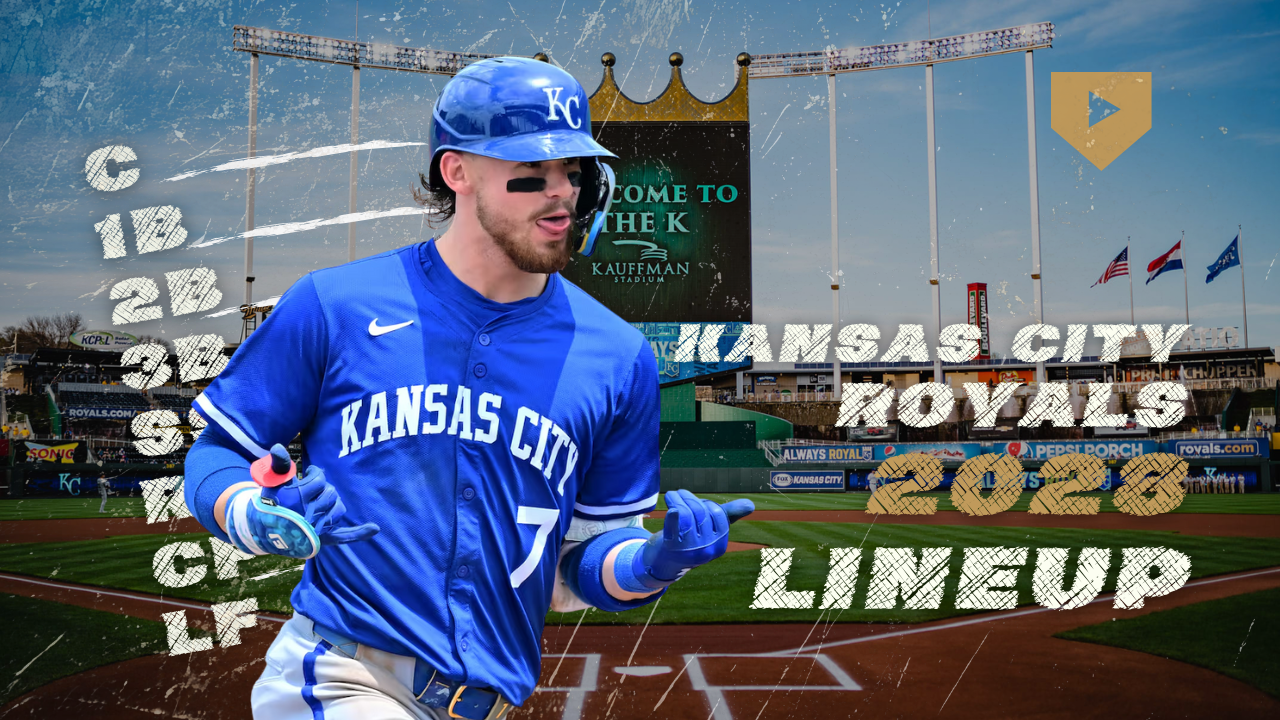

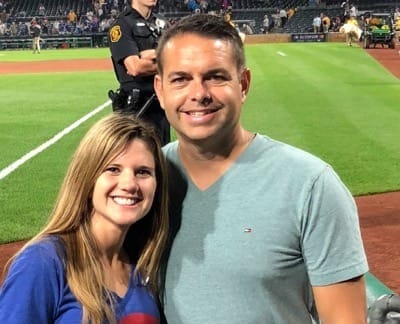
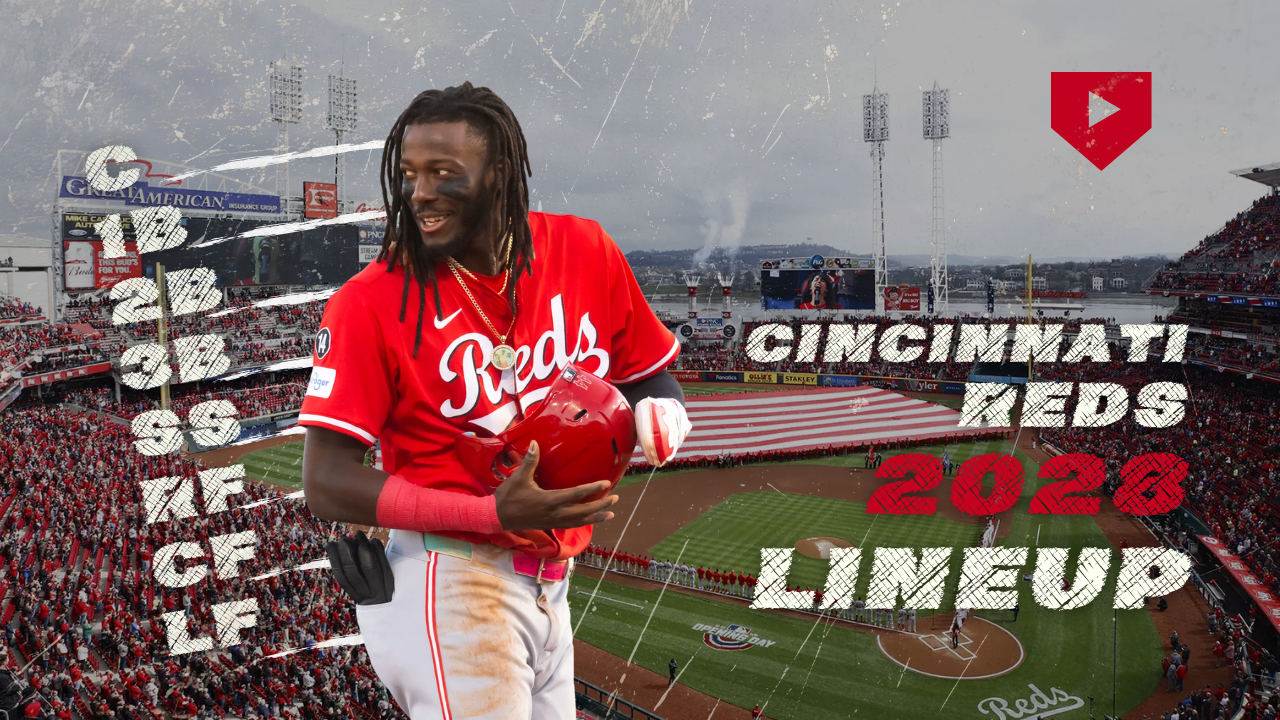
Discussion